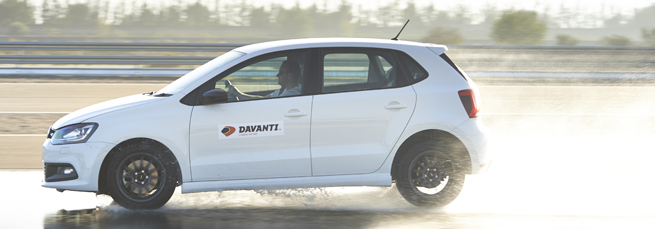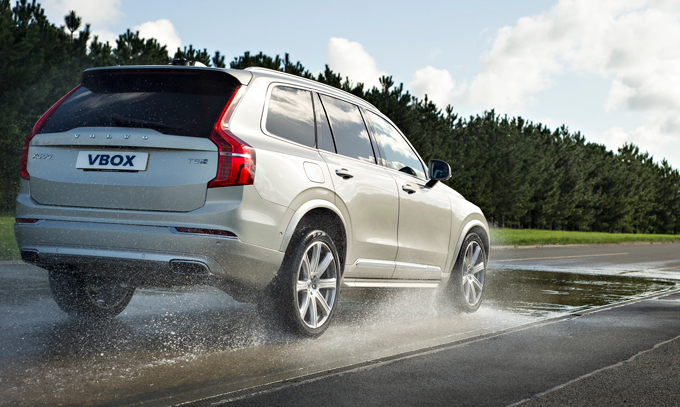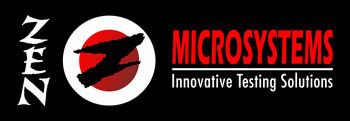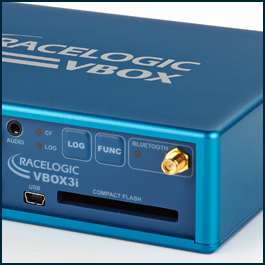TEST PROCEDURES
VBOX can be used to accurately monitor performance for a range of tyre tests.
- Brake Stops
- Coastdown
- Drive-by-Noise
- Aquaplane
|
- Oversteer and understeer characteristics
- Vehicle dynamics
|
BRAKE STOPS
A very useful way of comparing the performance of a tyre is to carry out a number of brake stops with an ABS equipped vehicle. By using ABS it means the stopping distances are repeatable, making the tyres performance results directly comparable with other compounds.

The test is usually performed between two set speeds during the linear stage of the brake test in order to remove the response time of the braking system. For example, if the brakes are applied at 110 km/h, the brake test could start at 100km/h and finish at 15kmh; this eliminates the first and final part of the brake stop which is less repeatable.
For comparison with other compounds and constructions, the brake stops needs to be measured with a high accuracy, preferably within a few centimetres. RACELOGIC’s VBOX 3i high accuracy data logger can measure the distance consistently to ±1.8cm, and is quick and easy to fit. By using the GPS heading as well as the velocity, you can calculate the deviation from the centreline to within 2cm.
AQUAPLANE TESTING
An important characteristic of a tyre is the speed at which it will begin to aquaplane. There are two main tests which are used in order to determine this speed. The first is in a straight line, and the second is around a corner.
Straight line aquaplane test
The car accelerates from a standstill with one side of the car running with the wheels in a shallow channel filled with water. When the aquaplane threshold speed is reached, the driven wheel in the water channel will start to slip, and by comparing the speed of this wheel with the overall vehicle speed obtained by GPS, this speed can be captured.
This test is then repeated a number of times in order to obtain an accurate and repeatable result. The challenges in this test are to calibrate the wheel speed inputs and relate these to the GPS vehicle speed. In order to simplify and automate this process, RACELOGIC can supply dedicated aquaplane software which carries out the calibration and collection of the test results.
Cornering aquaplane test
The vehicle drives into a flooded section of track whilst turning on a prescribed radius. This test is carried out at different speeds, until the aquaplane threshold is reached, at which point the vehicle will start to slide upon entering the bath.
By using a GPS based VBOX, the vehicle speed and lateral acceleration can be monitored, and the aquaplane threshold can be measured very accurately.

A useful measurement in this test is the steering angle, which can either be obtained from CAN or by using a steering angle sensor connected directly to one of the analogue input channels.
RACELOGIC’s aquaplane windows software is designed to work with a VBOX for easy and accurate aquaplane testing.
DYNAMIC PERFORMANCE
Circuit tests are often used to determine the dynamic performance of the tyre. During these tests oversteer and understeer characteristics of the vehicle are monitored, along with the lateral and longitudinal accelerations generated and overall lap times.
By using the VBOX 3i Dual Antenna, all of these values can be measured using GPS.











